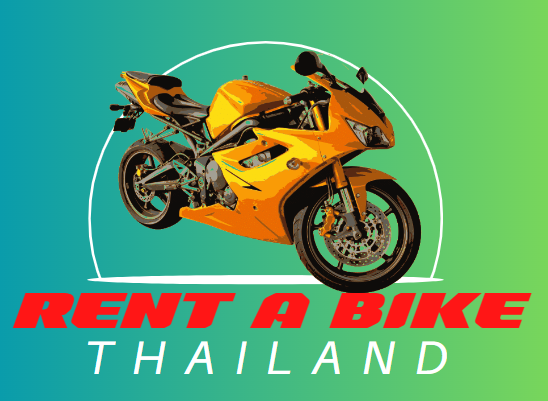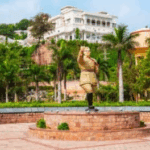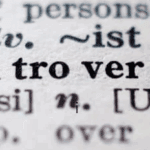
Hitting the Open Road: Your Guide to Renting a Motorbike in Thailand

Thailand beckons with its stunning landscapes, vibrant culture, and endless possibilities for adventure. And what better way to explore the “Land of Smiles” than on a motorbike? The freedom of the open road, the warm breeze in your hair – it’s an experience unlike any other. But before you hop on that shiny scooter, here’s a quick guide to renting a motorbike in Thailand:
Choosing Your Ride:
Thailand offers a mind-boggling variety of motorbikes for rent. From the zippy 125cc “scoopies” to the earth-rumbling 1000cc superbikes, the choice can be overwhelming.
Here’s a pro-tip: For most travelers, a motorbike in the 150cc range is the sweet spot. It’s powerful enough to handle most roads and fuel-efficient to keep your wallet happy. A great example is the Honda Click 150cc. It’s reliable, maneuverable, and budget-friendly.
Price Point:
Prices vary depending on the season, location, and type of motorbike. But you can expect a good deal on a 150cc bike. In my experience, renting a Honda Click in Phuket during February (high season) cost me 4000 baht. But in May (low season), the same bike dropped to a fantastic 3000 baht, translating to a cool 100 baht per day! Renting shops are ubiquitous in Thailand, so finding the perfect ride is a breeze.
Rental Essentials:
Before you seal the deal, take a good look at the motorbike’s condition. Check for dents, worn tires, and any malfunctioning parts. Your safety is paramount.
Don’t forget the essentials! Helmets are mandatory in Thailand, so most rental shops will provide one. Consider a mobile phone holder for GPS navigation and a raincoat for those sudden downpours.
Security Deposits:
When finalizing the rental, be aware of the security deposit options. Most rental shops will hold your passport as security for the motorbike. While this is common practice, a few shops might offer a money deposit instead.
Keep Your Paperwork Handy:
Always hold onto the rental slip you receive. This document serves as proof of your rental agreement and might be requested by authorities during traffic stops.
Ride Safe, Ride Smart:
Always drive defensively and within the speed limits. Thailand has a different traffic flow than you might be accustomed to, so be extra cautious. Most importantly, have an International Driving Permit (IDP) – it’s a legal requirement for foreigners renting motorbikes in Thailand.
The Open Road Awaits!
With a little planning and these handy tips, you’ll be cruising the scenic Thai roads in no time. Remember, respect the local traffic laws, prioritize safety, and get ready for an unforgettable adventure on two wheels!
Hello, I am Aman (: Full Time Traveler :) At the age of 41, in April 2023, fueled by my love for travel and the determination not to remain fixed like a tree, I embarked on a bold journey. Having dedicated 17 years to a corporate job, I chose to transition from a full-time employee to a full-time traveler, driven by the desire to break free from the routine and constraints of a conventional life. Along the way, I not only explored the wonders of travel but also uncovered the transformative power of financial freedom. I realized how it could liberate me to lead a life teeming with adventure, purpose, and fulfillment. Through my blogs, I am passionately sharing my story, aiming to inspire and provide valuable guidance to those, like me, who aspire to weave travel into a life overflowing with limitless possibilities.






















Post Comment
You must be logged in to post a comment.